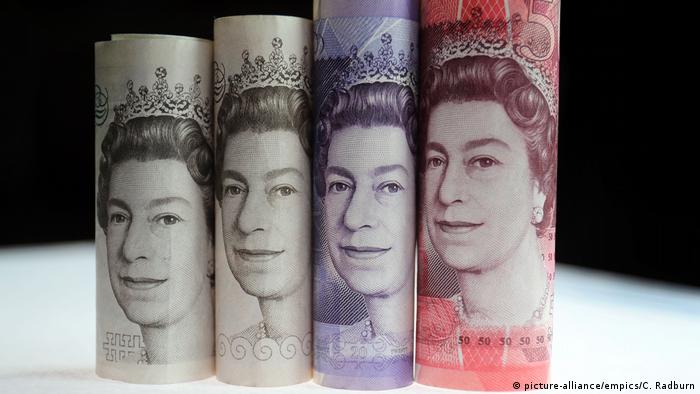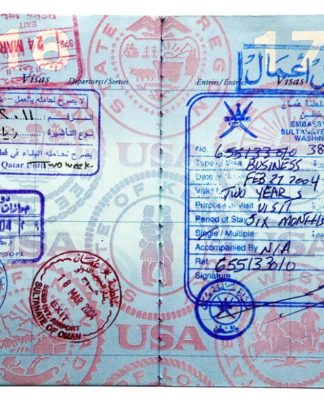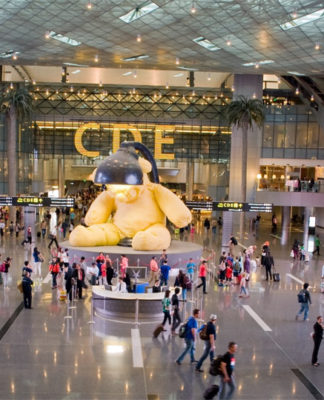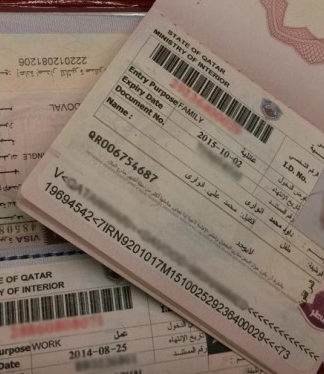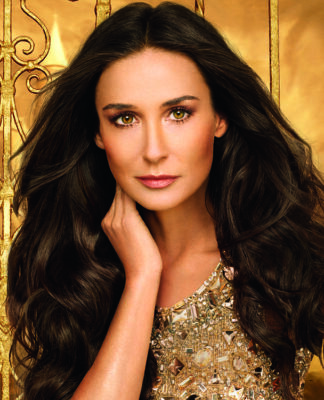BUSINESS
UK coins and banknotes face slow queen-to-king renewal
During Elizabeth’s reign, her profile faced to the right, while Charles’s will face to the left. Seemingly a small matter, but changing queen to king on banknotes, coins, stamps and post boxes comes at a cost.
Queen Elizabeth on UK banknotes
Queen Elizabeth II has been ubiquitous on UK banknotes
Some experts estimate it could cost about £350 million (€403 million, $402 million) to stick Charles’ head on UK banknotes and coins and take several years.
The Bank of England says it costs approximately £7-8 to produce a banknote. There are some 4.7 billion banknotes in circulation in the UK. So the cost to replace these can be estimated at around £350 million, according to Joe Trewick, a writer at The Coin Expert.
“The Royal Mint does not disclose how much it costs to produce new coins, but with 29 million currently in circulation to replace, we can assume the total cost will also be several million pounds,” Trewick told DW.
“Keep in mind that this cost will not be needed upfront,” Trewick added.
No financial shock
“It took around eight years for Queen Elizabeth II to appear on her first banknote after her ascension to the crown, and similar timescales are likely to be seen with King Charles III. Also, it is likely that the Bank of England and the Royal Mint have been preparing for this event for quite some time, so some money will have undoubtedly been set aside,” he added.
The Bank of England’s governor, Andrew Bailey, said in a statement that “current banknotes featuring the image of Her Majesty The Queen will continue to be legal tender.” The bank said it would offer updates on future currency once a period of mourning of at least 10 days had been observed.
Anne Jessopp, chief executive officer at The Royal Mint, said “the remarkable legacy of Britain’s longest-serving monarch will live on for many years to come.”
Queen Elizaboth on UK coins
Some 29 million coins are in circuation in the UK at the moment
Recall not required
Replacing them is likely to take two years or more, with the changeover in coins happening organically rather than through recall.
The Royal Mint manufactures between 3 million and 4 million coins a day and is reportedly likely to continue with the production of the current portrait and design until the end of this year, which means no new styles until 2024 at the earliest.
When the synthetic £50 notes were issued in 2016, the replacement took the Bank of England 16 months and cost an estimated £236 million to implement due to the costs of upgrading and replacing self-service machines and ATMs, according to payment experts CMS Payments Intelligence.
Elizabeth was the first monarch to appear on Bank of England banknotes and her image was updated five times as she got older.
The most recent image of the queen on coins, designed by Jody Clark, was issued in 2015 and shows a side profile of the queen wearing a crown and earrings. It features on £1 coins, £2 coins, £50 and £20 banknotes and copper pennies.
In the past, coins of various monarchs would circulate for decades after their deaths. When the queen came to power though, coins with her father’s image stayed in circulation for 20 years after his death. They were finally removed with decimalization in 1971. The queen’s face did not begin to appear on coins until 1953 — the year after her accession.
Not just coins and banknotes
The Royal Mail has said that unused stamps will remain valid for use until at least the end of 2023.
The modern postal service started in 1635 under Charles I. Today, there are more than 115,000 public post boxes and 98% of the British population lives within half a mile (0.8 kilometers) of a post box, according to the Royal Mail.
Each mailbox features the insignia of the monarch reigning at the time it was erected. Many carry the letters “E” (for Elizabeth II) and “R” (for “Regina”). New post boxes may feature the emblem of King Charles the III, who now uses the cypher “CR” – “Charles Rex III.”
Asked about the costs of the changeover, a Royal Mail spokesperson told DW: “That is commercial information that we would not disclose, but in line with the king’s wishes we will minimize any waste and avoidable cost, so we will be using up stocks of postage stamps and will not be removing the late queen’s cypher from vehicles and post boxes.”
Queen Elizabeth on an Australian banknote
The queen does not only appear on banknotes in the UK but also in a number of Commonwealth nations
A new guard
From the flags that fly outside police stations across the UK, thousands of flags with EIIR will need to be replaced — the fire service ensign also.
Military medals featuring the queen’s effigy will need to be changed, while police and military uniforms bearing the queen’s cypher are likely to be updated over time with the new king’s cypher — the monogram impressed on royal and state documents.
The Queen’s ERII also features on traditional police helmets. UK passports will be issued in the new king’s name and their wording changed at some point.
The queen’s royal warrant applies to about 600 businesses that have a history of supplying the royal household, Steinway pianos and Gordon’s gin among them.
After the death of the queen, they will have to reapply and this may not happen quickly. When Prince Philip died, his royal warrant holders were given two years’ grace.
The Commonwealth
The queen’s image features on the currency of 35 countries — more than any other monarch. These include Canada, Jamaica, New Zealand, Fiji and Cyprus, where she appears on some notes and coins due to her position as head of the Commonwealth.
In a sign of possible things to come, King Charles III will not automatically appear on Australia’s $5 note, after a government member said Queen Elizabeth II featured only due to her personal status.
Play Video2:55 min
Queen Elizabeth II and the Germans
Edited by: Hardy Graupner
Date 14.09.2022
Author Jo Harper
Keywords coins, banknotes, mint, UK, queen, king, post boxes
Feedback: Send us your feedback.
Print Print this page
Permalink https://p.dw.com/p/4GomQ









